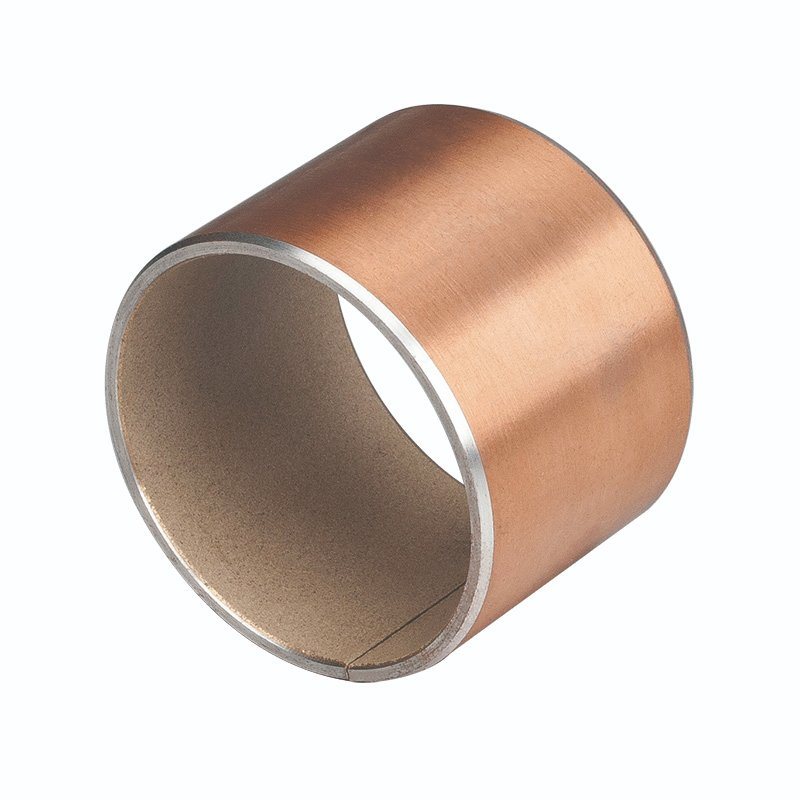In the realm of industrial machinery and automotive engineering, the efficiency and longevity of moving parts are paramount. One crucial component that often goes unnoticed but plays a significant role in ensuring smooth operation is the bushing. Among various types available, composite bushings stand out as versatile solutions offering a unique blend of durability, friction properties, and load-bearing capabilities. In this comprehensive guide, we delve into the realm of composite bushings, exploring their types, advantages, and applications.
What Are Composite Bushings?
Composite bushings, as the name suggests, are made from a combination of materials to leverage the strengths of each component. These bushings typically consist of a base material, such as bronze or steel, reinforced with fibers or other additives to enhance specific properties like wear resistance, load-bearing capacity, and frictional characteristics.

Types of Composite Bushings:
1. Bronze Bushings: Bronze-based composite bushings are renowned for their excellent load-bearing capacity and resistance to wear and corrosion. By incorporating bronze particles into the matrix, these bushings can withstand heavy loads and high-friction environments with ease.
2. Polymer Composite Bushings: Polymer composite bushings utilize synthetic materials like nylon, polyethylene, or PTFE (polytetrafluoroethylene) to provide low friction and self-lubricating properties. These bushings are ideal for applications where minimizing friction and noise is crucial.
3. Metal-Polymer Composite Bushings: Combining the strength of metal with the low friction properties of polymers, metal-polymer composite bushings offer a balance between load-bearing capacity and friction reduction. They are commonly used in automotive suspension systems and industrial machinery.
4. Fiber-Reinforced Composite Bushings: By incorporating fibers such as fiberglass or carbon fiber into the matrix, these bushings achieve superior strength and stiffness while maintaining a lightweight profile. They are suitable for applications requiring high mechanical performance under heavy loads.
5. Graphite Composite Bushings: Graphite-infused composite bushings excel in high-temperature environments where conventional lubricants may fail. The graphite particles act as solid lubricants, ensuring smooth operation even under extreme conditions.
Advantages of Composite Bushings:
● Excellent Frictional Properties: Composite bushings are engineered to offer low friction coefficients, minimizing wear and energy consumption while maximizing efficiency.
● High Load-Bearing Capacity: Whether it's heavy machinery or automotive suspensions, composite bushings can withstand significant loads without compromising performance.
● Improved Wear Resistance: The combination of materials in composite bushings results in enhanced wear resistance, prolonging the lifespan of the components and reducing maintenance requirements.
● Versatility: With a wide range of materials and configurations available, composite bushings can be tailored to suit diverse applications across various industries.
Applications of Composite Bushings:
● Automotive: Suspension systems, steering mechanisms, and engine components benefit from the durability and low friction properties of composite bushings.
● Industrial Machinery: From conveyor systems to hydraulic cylinders, composite bushings play a vital role in ensuring smooth operation and reliability in industrial equipment.
● Aerospace: Lightweight yet robust composite bushings find applications in aircraft landing gear, control surfaces, and engine mounts, where reliability is critical.
Conclusion:
Composite bushings represent a versatile and effective solution for addressing the challenges of high loads, heavy-duty operations, and demanding environments. By harnessing the synergies of different materials, these bushings offer unparalleled performance, durability, and efficiency across various applications. Whether it's reducing friction in automotive systems or enhancing reliability in industrial machinery, composite bushings continue to be indispensable components in modern engineering. As a professional composite bushing manufacturer and self-lubricating system provider, we would be pleased to advise you individually, and you are also welcome to send your inquiry to sales@zjbearings.com.